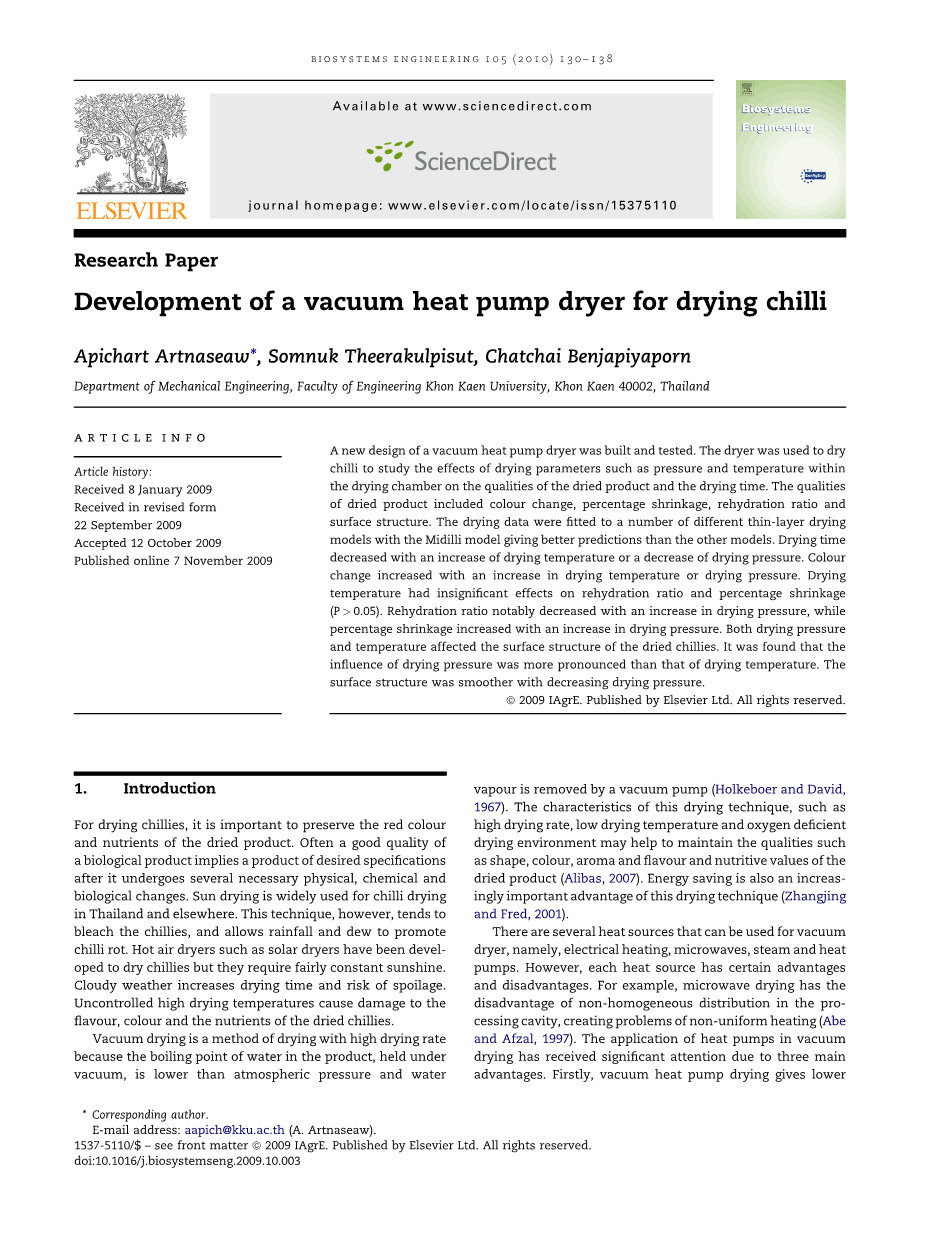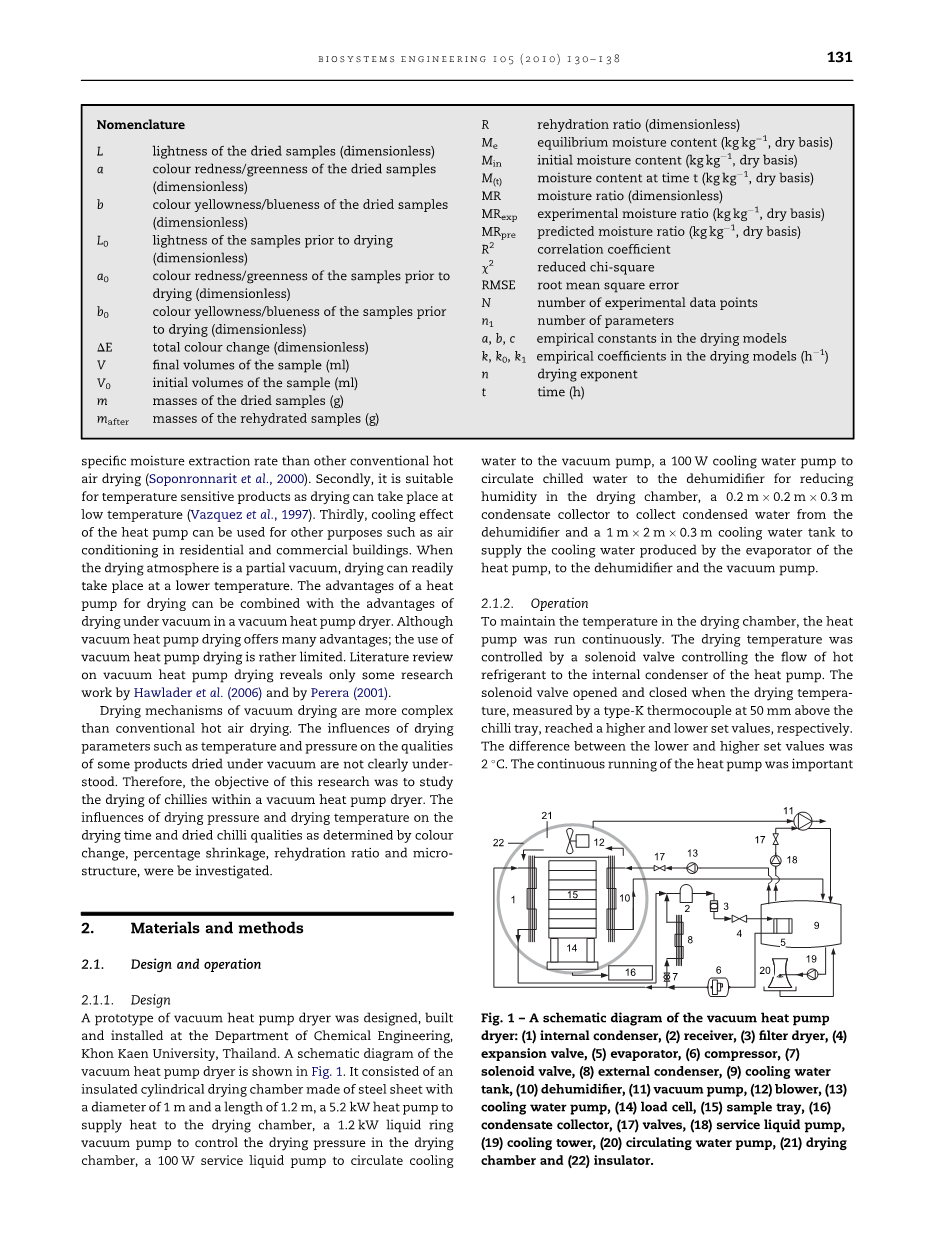

英语原文共 9 页,剩余内容已隐藏,支付完成后下载完整资料
外文翻译
Atmospheric Sulfuric Acid Leaching Thermodynamics from Metallurgical Zinc-Bearing Dust Sludge
Abstract: A thermodynamic analysis is made aiming at the reaction process of atmospheric sulfuric acid leaching from metallurgical zinc-bearing dust sludge in any phase. It is suggested that the primary zinc and iron phases in metallurgical zinc-bearing dust sludge are ZnO, ZnS, ZnFe2O4, Fe, Fe2O3 and Fe3O4. In Zn-Fe-H2O system, as the concentrations of zinc and iron ions in solution increase, each component therein remains unchanged. The dominant area is subjected to change with solution pH. When the potential and pH are respectively controlled within a different scope, Zn, Fe separation proceeds at the different levels. Fe2O3 is difficult to be leached when sulfuric acid is used as an agent. ZnO is leached while the iron ion is inhibited by pH control. It is found by comparison of lg[C]-pH maps of Fe2O3 and Fe(OH)2, Fe(OH)3 that in the treatment of subsequent leachate, Fe2 can be oxidized into Fe3 by adding an proper amount of the oxidant to solution, and Fe3 forms Fe(OH)3 sediment by additive NaOH in solution. This hits the mark of iron removal.
Keywords: Zinc-bearing dust sludge; Leaching; Thermodynamics; Potential (phi;) -pH dominant area diagram
1. Introduction
China is the largest country of zinc production and consumption in the world. In 2015, China#39;s zinc outputs reached 6.27 million tons, up 2.0% YoY, more than one-third of the world#39;s total zinc outputs. As a powerful support for the zinc smelting industry, the zinc output has fallen well short of whatrsquo;s needed in domestic market since a great deal of imports are yet still required in China. As a result, zinc-bearing dust sludge has become an important source of regenerated zinc raw materials in our country. Based on China#39;s crude steel output of 808 million tons in 2016, that is, only last year, the output of metallurgical dust sludge in China#39;s iron and steel industry hit upon 80 million tons or so, containing 4 ~ 16 million t zinc, 24 million t iron. If this part of zinc resources can be recovered, this has a great significance to promote the resource conservation and sustainable development, thus improving the economic efficiency and competitiveness of enterprises [1-3].
In recent years, quite a lot of studies at home and abroad have involved the zinc-bearing dust sludge, but most of them only focused on the zinc recovery process, mainly including hydrocyclone extraction of zinc [4], zinc extraction by hydrometallurgical leaching [5-6], zinc extraction by pyrogenic process and wet-fire joint process [7]. Zinc leaching thermodynamics from zinc-bearing dust sludge was seldom reported. In this regard, the reduction and zinc hydrometallurgy thermodynamics have increasingly won the favor of scholars [8]. Bai Shiping [9] turned out from the analysis of blast furnace gas slime reduction thermodynamics that the reduction of blast furnace gas slime was reached in a very short time (20 ~ 40min) at a higher temperature. The reduction of each metallic oxide occurred at a relatively low start temperature: ZnO started to reduce at a temperature of 952 ° C, the PbO at 281.9 ° C, Fe2O3 at 324.5℃, Fe3O4 at 664.2℃, and FeO at 705.5℃. Ding Zhiying et al. [8] expolored the thermodynamics of zinc hydrometallurgy process using the Chemical Equilibrium Modeling Code (CEMC). The results show that the zinc-containing species are mainly ammonia and hydroxylamine complex. Zn(NH3)24 in weak alkaline solution exists in the Zn(II)-NH3-H2O and Zn(II)-NH3 -Cl-H2O systems. In the Zn(II)-NH3-Cl-H2O system, ternary complex containing ammonia and chloride increases the solubility of zinc in the neutral solutions. There are three zinc compounds, i.e. Zn(OH)2,Zn(OH)1.6 Cl0.4 and Zn(NH3)2Cl2, according to the total ammonia, chloride and zinc concentrations. The solubility of zinc depends on three compounds. These thermodynamic diagrams illustrate the impact of ammonia, chloride and zinc concentrations on zinc solubility and provide a thermodynamic reference for zinc hydrometallurgy.
In this paper, based on characterization of the phase composition of Zinc-bearing dust sludge, the sulfuric acid leaching thermodynamics at room temperature is introduced to maximize the zinc leaching rate, thus provide a reliable basis for utilizating regenerated resources of zinc-bearing dust sludge.
2. Components and composition of zinc-bearing dust sludge
The Metallurgical Zinc-Bearing Dust Sludge used in the experiment is sourced from a steel mill in Hebei Province. The results from chemical multi-element analysis are shown in Table 1, for the XRD and zinc phase analysis, see Fig. 1 and Table 2.
Table 1 Chemical composition analysis results of the zinc-bearing dust /%
剩余内容已隐藏,支付完成后下载完整资料
资料编号:[464430],资料为PDF文档或Word文档,PDF文档可免费转换为Word
|
Element |
TFe |
Zn |
MgO |
SiO2 |
CaO |
Al2O3 |
Cl |
K2O |
C |
other |
|
Content |
28.45 |
8.71 |
2.91 |
14.32 |
4.56 |
7.23 |
1.87 |
0.45 |
19.84 |
11.90 |


